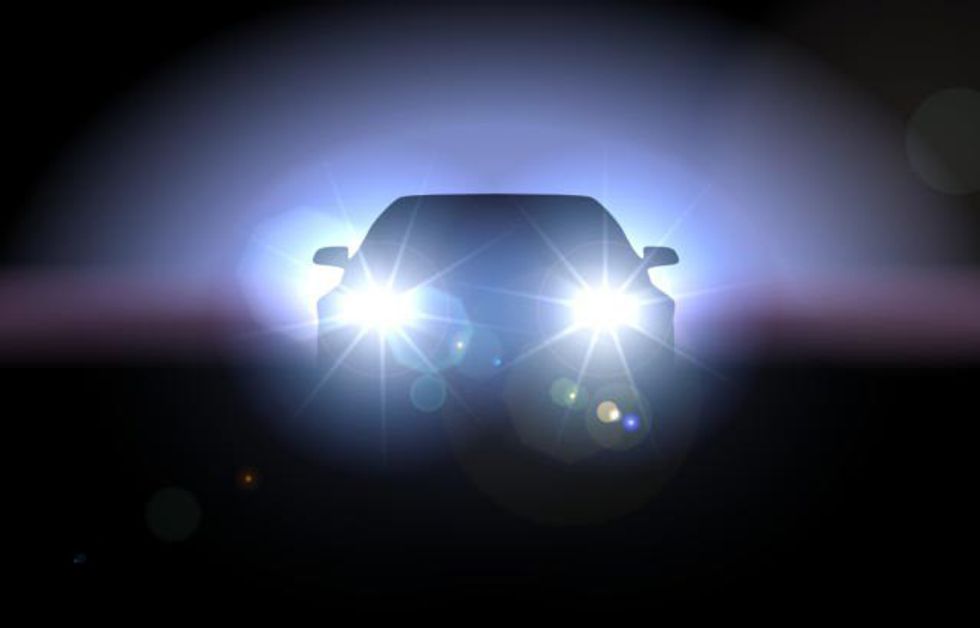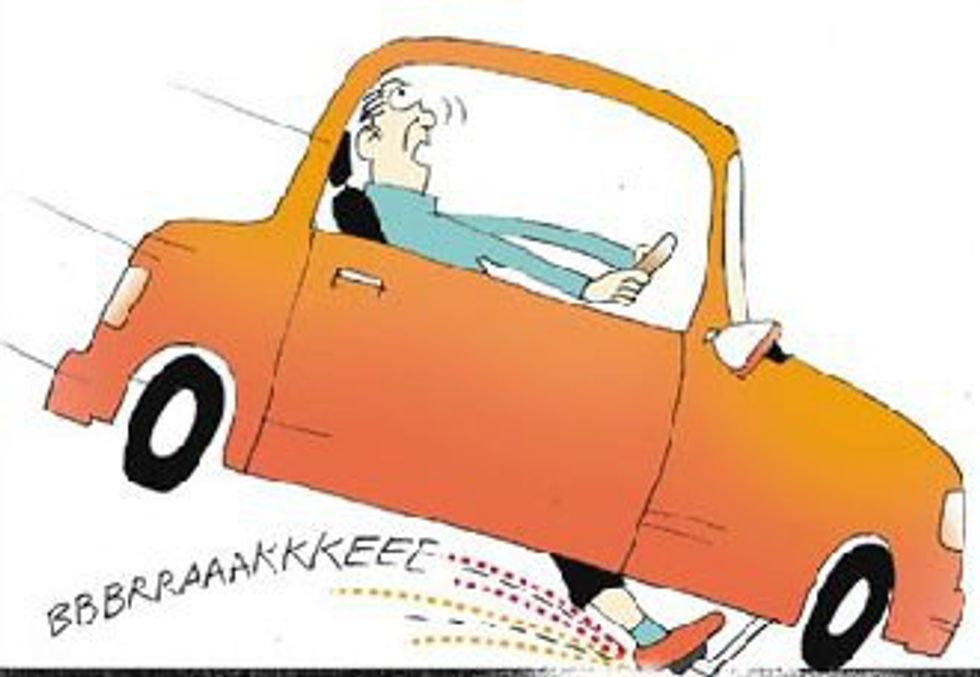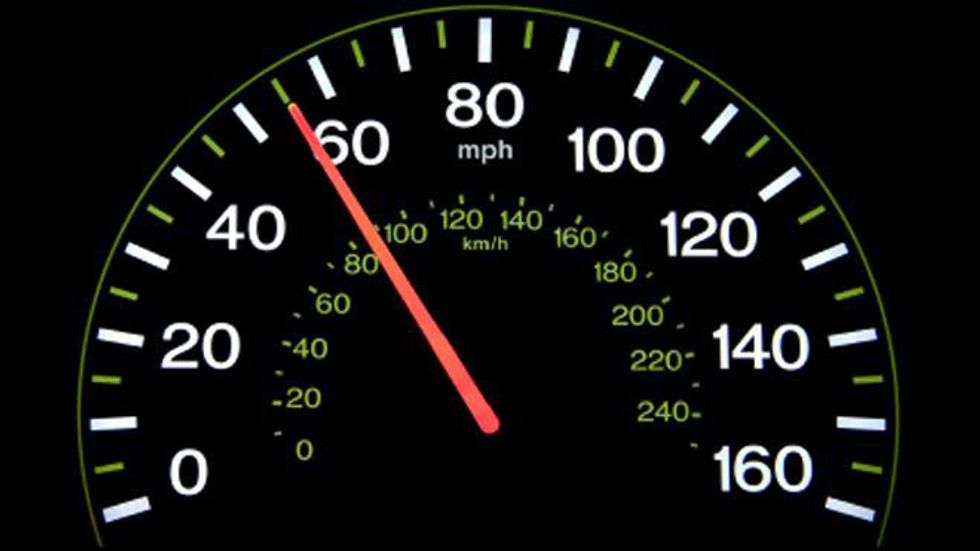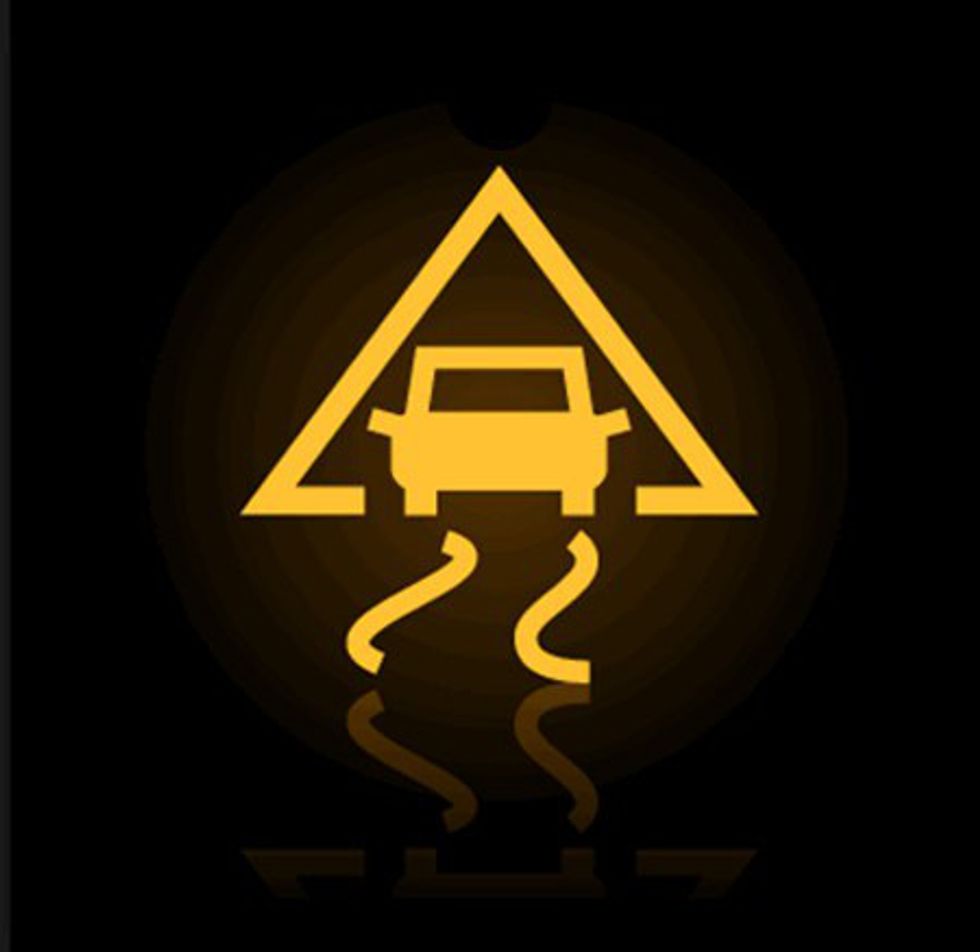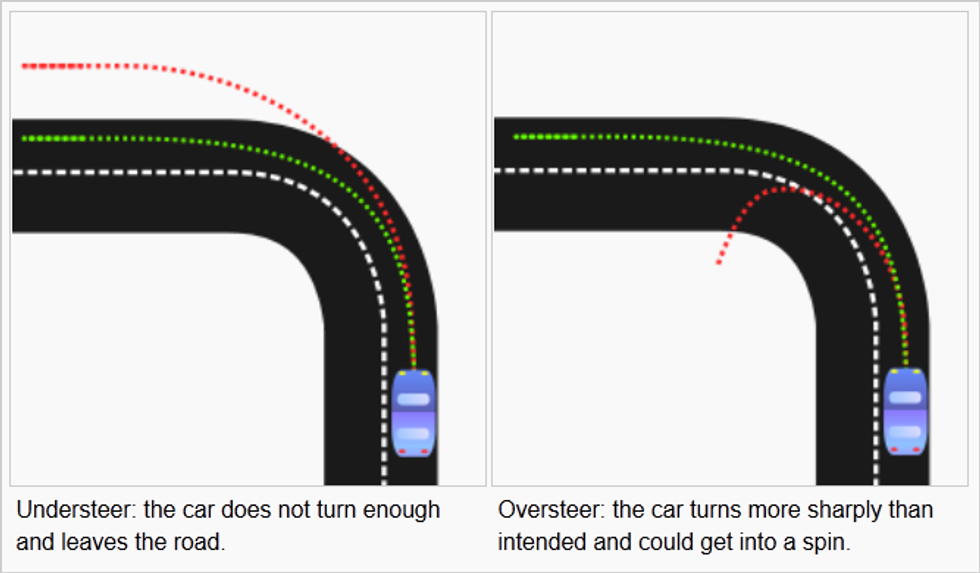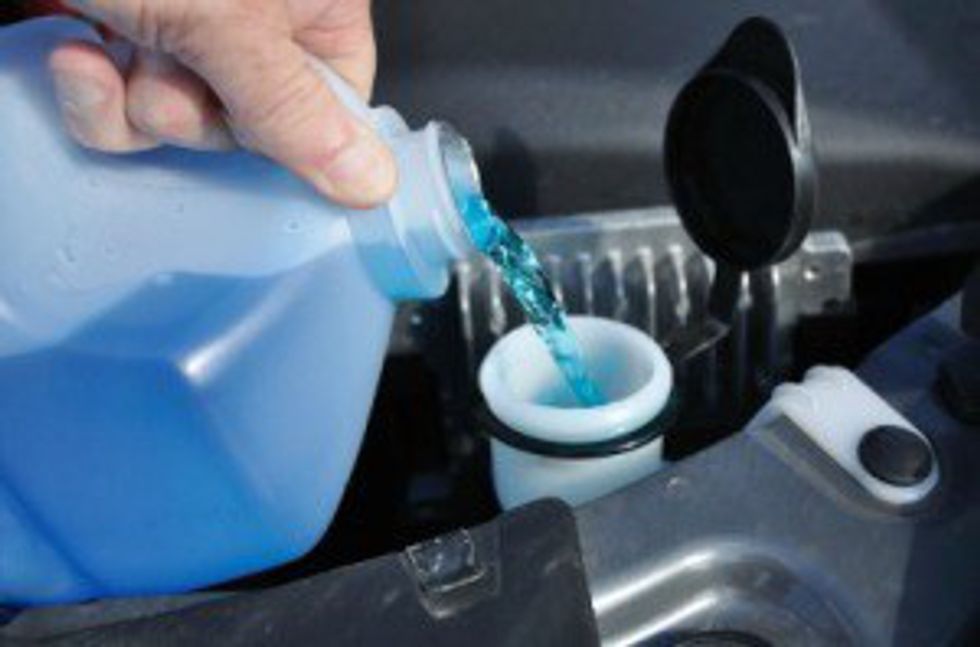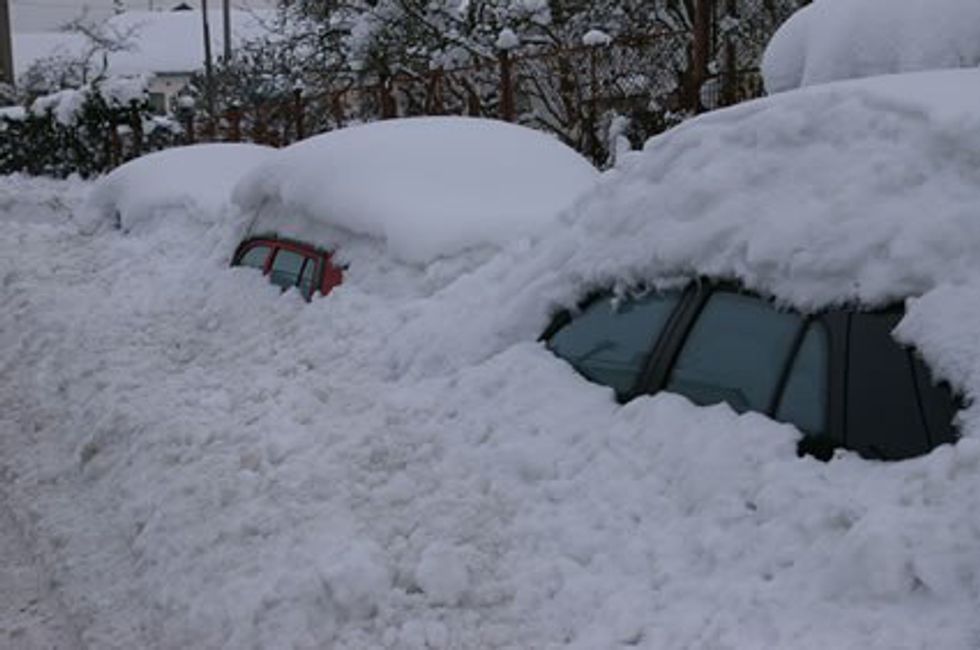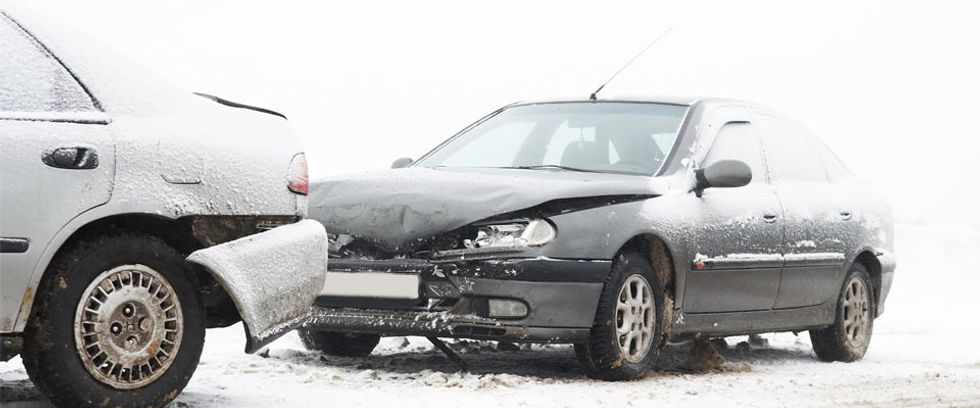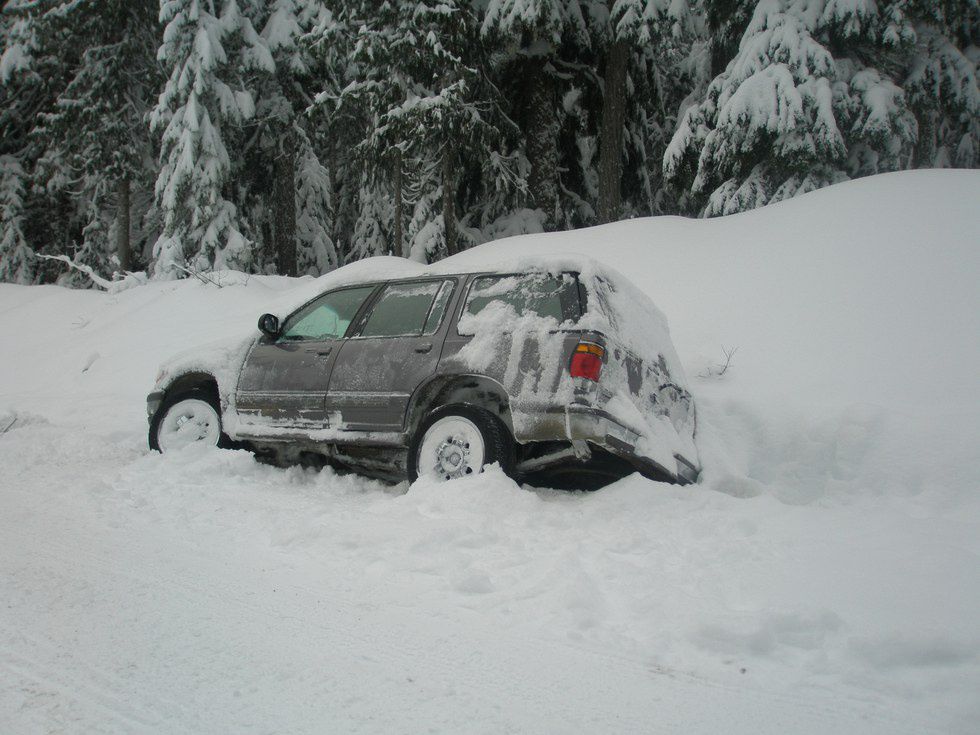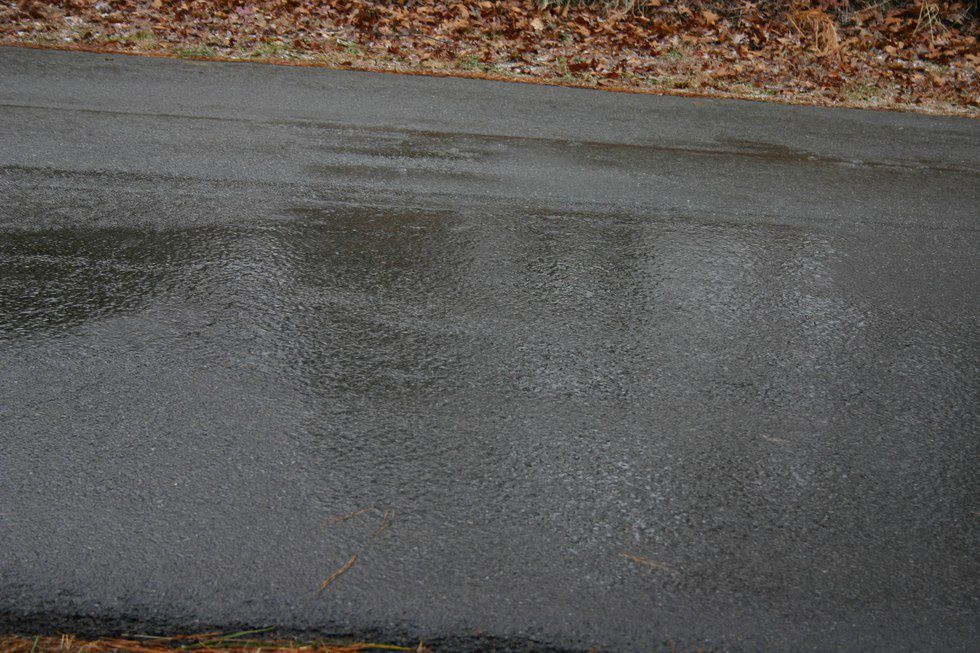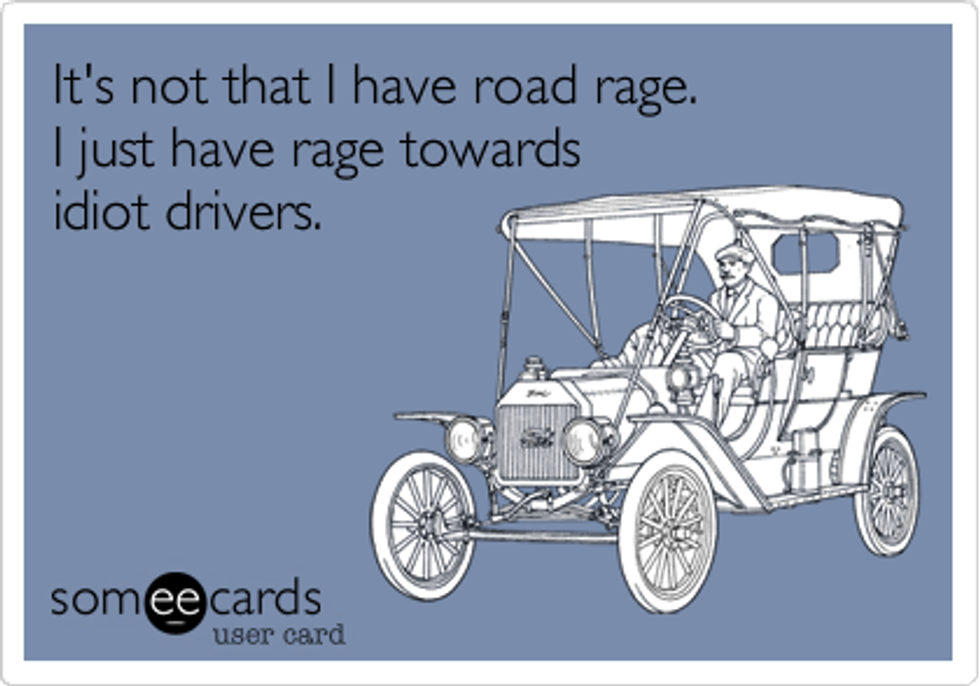Although winter has seemed to have already lasted an eternity for some, the holiday season remained snowless for large portions of the United States. But come on, none of us really thought that could last, right? As expected, the New Year brought the snow that the holidays had been supposedly lacking, with each snowflake representing an already-broken New Year’s resolution (that’s just my theory, anyway). The different reactions from different parts of the country were also expected: us Northeasterners just grumble and get on with our day, the Midwesterners laugh off each snowstorm with their Canadian neighbors, and anyone below the Mason-Dixon line freaks out when they get over an inch of snow. What is universal, however, is how horrible driving becomes as soon as snow hits the ground. But there have to be some ways to make driving in the winter safer, or at least more bearable, right? Well, here are a few tips, some of which may be common knowledge, but will nevertheless help in the snowy days to come.
1) Use Your Headlights When It’s Snowing, But Avoid Using Your High Beams
Again, seems like common knowledge right? Well, unfortunately not for everyone. The general rule of thumb is that if you have to use your windshield wipers, you need your lights, like when it’s raining. However, we’ve all seen the idiot who decides they don’t need headlights because they’re special, or think it’s perfectly okay to blind oncoming traffic with their high beams. While headlights are needed when it’s snowing, high beams can actually reflect of the snow and reduce your visibility.
2) Braking Distance Is Increased Tenfold On Snowy And Icy Surfaces
It’s just a fact, so be mindful when trying to beat that yellow light or pass that slowpoke in the Prius.
3) Acceleration Is Decreased On Snowy And Icy Surfaces
Now I’m not saying you have to drive 20 below the speed limit, but if that’s how you deal with snowy driving conditions, get off the road. However, if you floor it right as the light turns green, your wheels are going to spin, and you won’t be going anywhere for a couple of seconds.
Traction Control utilizes ABS (antilock braking system) and reduces your car’s engine’s power to you guessed it, maintain traction on surfaces. It also reduces wheelspin, but if you’re stuck in snow, you might need wheelspin to get yourself out. Thankfully, many cars come with an on/off traction control switch for just such an occasion. However, if you’re stuck deep enough, this may only worsen the problem, and you’re better off grabbing a shovel.
5) Oversteer vs. Understeer
Former host of BBC’s “Top Gear” Richard Hammond explain it best, although there is a bit more to the concept. Many sedans, hatchbacks, and even some SUVs are Front Wheel Drive (FWD), meaning the transmission powers the two front wheels to propel the car forward. Therefore, FWD cars will always understeer, veering your car face-first into whatever pole, tree, or pedestrian you were hoping to avoid. Rear Wheel Drive (RWD) cars however, have their transmissions powering the two rear wheels. This means that RWD cars will always oversteer, or “fishtail”, as the back end will slide out instead of the front. In both cases, overcorrection can be just as deadly, as trying to steer the car in the opposite direction of where it’s heading can not only straighten you out, but also make you careen towards that opposite direction.
6) Don’t Just Settle For Antifreeze
While having your windshield washer fluid not freeze is great, buying some windshield washer fluid that will also melt the ice off your windshield is better.
7) Keep A Small Shovel, Car Brush, And Car Ice Scraper In Your Trunk
It never hurts to be prepared, and you can even buy a two in one car brush and ice scraper.
8) Never Drive Bumper To Bumper, Especially In The Snow
As I mentioned earlier, stopping distance is increased on snowy and icy surfaces. This means that if you’re less than a car length behind someone, you’re probably going to hit them if they stop suddenly. You don’t want to have to call the insurance company while standing outside in a blizzard. That, and fender-benders are never fun, regardless of the condition.
9) Driving An SUV Or Truck Doesn’t Automatically Make You A Better Winter Driver
Having a vehicle twice the weight and size of other commuters’ cars does not make you immune to the misfortunes of winter driving. You have been warned.
10) Be Mindful Of Black Ice
Despite the name, black ice is actually transparent, but rendered nearly invisible when it’s on the road (which, consequentially, is usually black). It’s most commonly found on highways, and if you hit a patch of black ice at 60 miles per hour, you’re going to feel it. As mentioned with oversteer and understeer, don’t overcorrect and try to remain calm.
11) Expect Other Drivers On The Road To Act Stupidly, But Don’t Consider Yourself Exempt From Acting Stupidly
We all make mistakes, it’s part of human nature. But some of the harmless mistakes made in normal driving conditions can turn deadly during the winter. So be aware of your surroundings, including nearby drivers.




